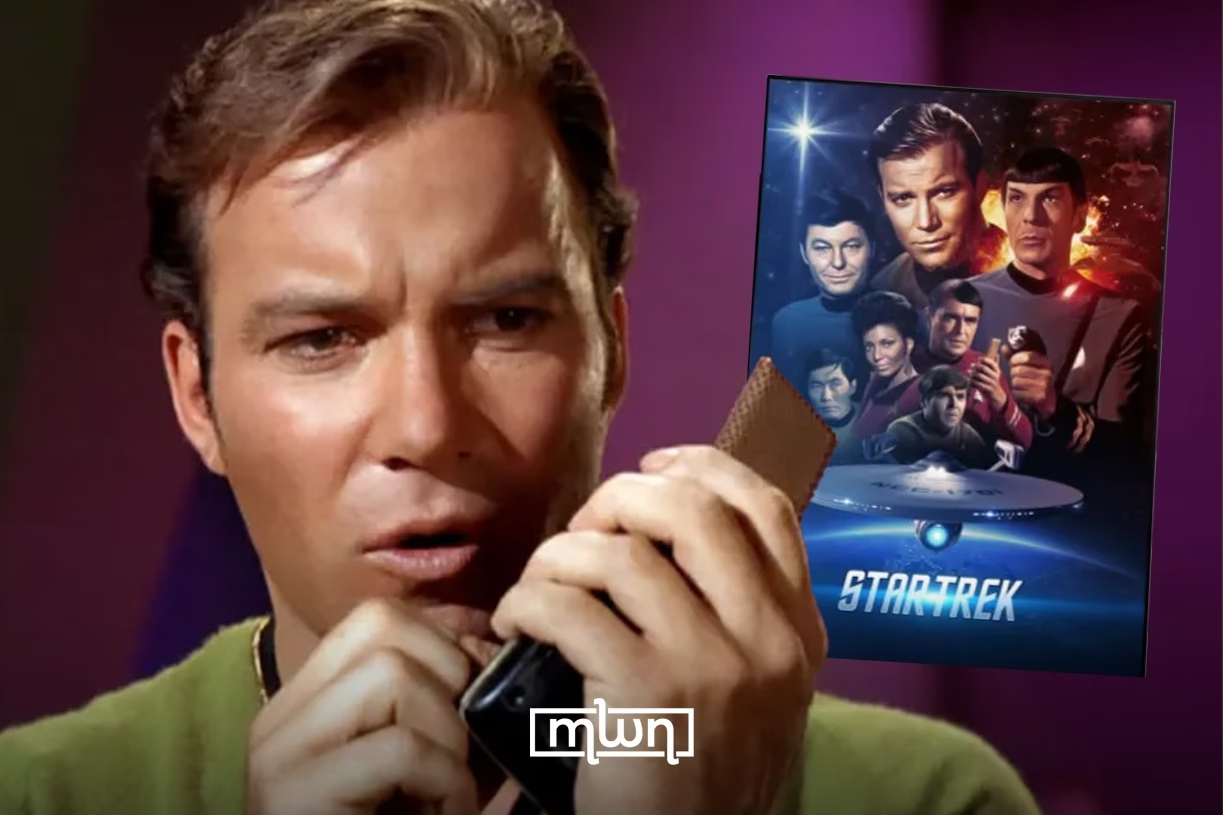You’d be surprised where real-life tech first appeared, and it wasn’t in a lab.
Fez – It’s easy to take smartphones, video calls, and submarines for granted today, but once upon a time, they were the stuff of wild imagination, straight out of fiction.
Long before engineers got to work, these technologies were dreamed up in novels, comic books, and on silver screens.
Turns out science doesn’t just follow logic; it also follows a good story.
Some of the world’s greatest inventors were once curious kids reading science fiction under the covers.
Take Simon Lake, widely known as “the father of the modern submarine.” He was obsessed with 20,000 Leagues Under the Sea as a child and grew up to design the first submarine to operate successfully in the open ocean in 1898.
Renowned author Jules Verne even sent him a congratulatory telegram, possibly the classiest fan mail in history.
In Russia, a young Igor Sikorsky read Robur the Conqueror and was instantly hooked.
By age 12, he was already tinkering with early helicopter models. He eventually emigrated to the U.S. and designed the first multi-engine plane and later, the first successful commercial helicopter.
Sci-fi wasn’t just entertainment, it was an instruction manual for his life.
Then there’s Robert H. Goddard, the father of modern rocketry. After reading H.G. Wells’s “The War of the Worlds,” he became fascinated with space travel.
That fascination turned into a full-blown obsession with propulsion systems, and in 1926, he launched the world’s first liquid-fueled rocket, laying the groundwork for modern space programs.
Even nuclear physics took a cue from fiction. Physicist Leo Szilard was inspired by H.G. Wells’s The World Set Free, which predicted atomic bombs and their consequences.
That story led Szilard to develop the idea of a nuclear chain reaction, fiction, once again, planting seeds for reality.
Star Trek: The futurist’s guidebook
No show has lit more lightbulbs in scientists’ minds than Star Trek. Motorola engineer Martin Cooper openly admitted that Captain Kirk’s communicator inspired the first mobile phone.
Steve Perlman, who later developed Apple’s QuickTime, had his lightbulb moment watching a Star Trek character scroll through music files on a sleek digital screen.
The show’s “universal translator?” Basically a spiritual ancestor to Google Translate.
Even the tablet you’re reading this on owes a wink to Star Trek’s ultra-slim PADD (Personal Access Display Device).
And yes, Star Trek even got the physicists thinking. In The Physics of Star Trek, theoretical physicist Lawrence Krauss explored whether warp drives and teleportation could ever be real, bonus points for the foreword by Stephen Hawking.
From Luke Skywalker to self-driving Cars
Star Wars wasn’t just lightsabers and Wookiees. When Luke Skywalker got a robotic hand that worked like a real one, it sparked real-world research into bionic limbs.
Engineers at Georgia Tech later developed prosthetics controlled by ultrasonic sensors, making sci-fi suddenly very sci-real.
Meanwhile, movies like Knight Rider and Back to the Future inspired today’s autonomous vehicles.
And Mary Shelley’s Frankenstein, arguably the first sci-fi novel ever, helped pave the way for organ transplants and the defibrillator.
Bottom line? Never underestimate the power of a good story. Sometimes, the future begins on page one.
Read also: Moroccan Legends: Why Our Myths Still Matter
















